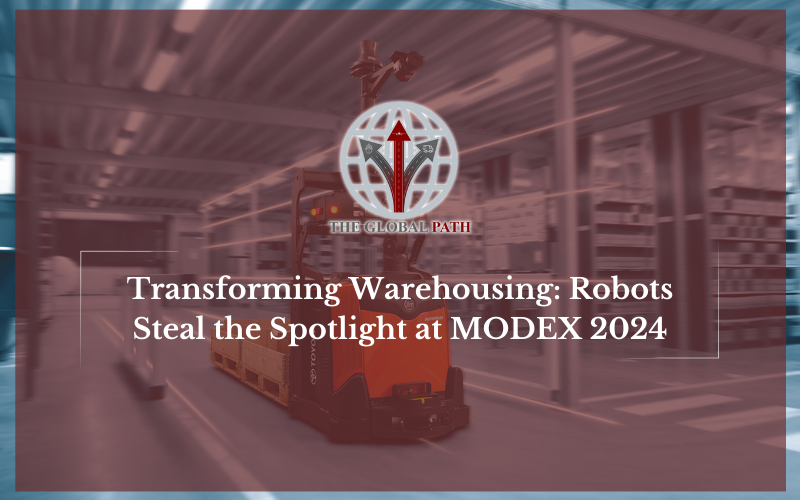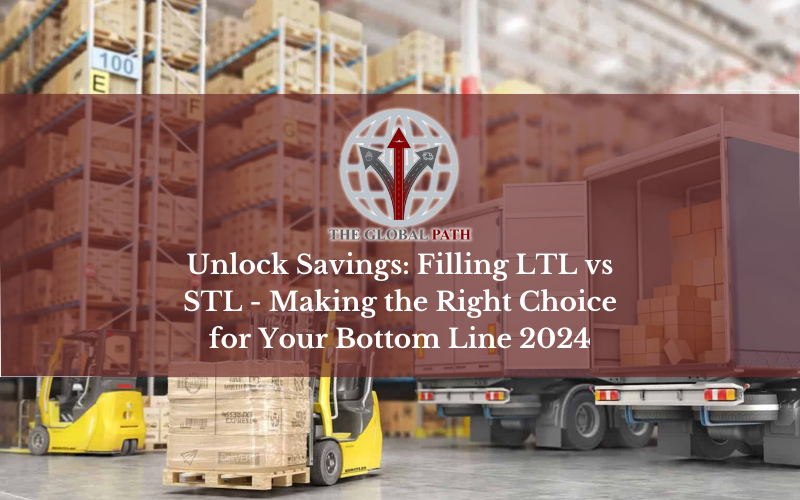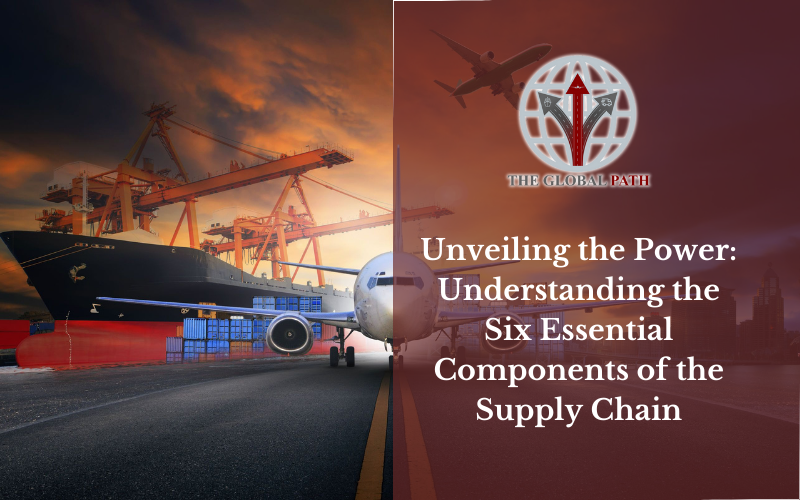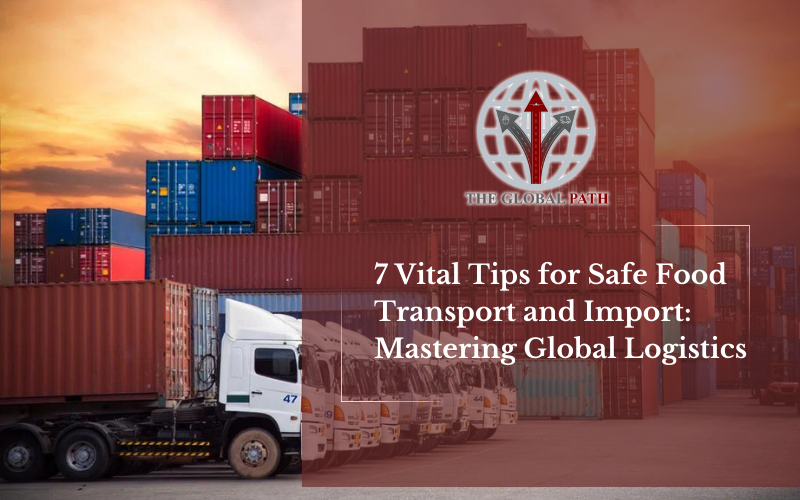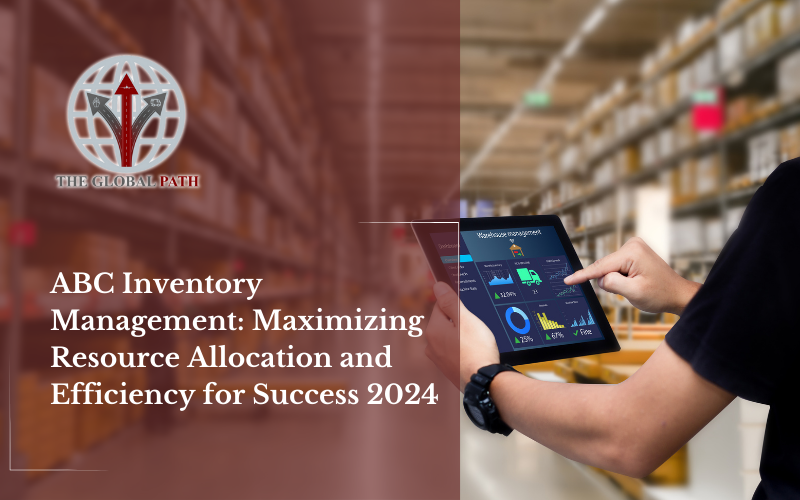The premier trade event in North America for supply chain, transportation, and material handling systems is called MODEX. It displays the newest goods, innovations, and services from more than 900 exhibitors across a range of markets and industries. More than 35,000 people attended MODEX 2024, which took place in Atlanta, Georgia, from March 11 to 14. The event included more than 150 educational sessions, keynote speakers, and networking opportunities.
Supply Chain Automation:
A Major Subject for MODEX 2024
The prominence of robots in the supply chain was one of MODEX 2024’s central themes. Robots, ranging from industrial robots to collaborative robots (cobots) to autonomous mobile robots (AMRs), are revolutionizing the ways in which commodities are chosen, packed, transported, and stored. Numerous advantages, including enhanced productivity, safety, flexibility, precision, and efficiency, are provided by robots to supply chain activities. Depending on the task and the surroundings, they can also operate autonomously or in tandem with people.
Supply Chain Robots at MODEX 2024: A Few Examples
A number of exhibitors at MODEX 2024 demonstrated the variety and promise of supply chain robotics by showcasing their creative ideas. These are a few of the instances that drew our interest.
Retrieve Robotics
A fleet of self-navigating robots that employ sensors, cameras, and lasers to avoid obstructions and collisions make up this solution for autonomous warehouse navigation. The robots are capable of carrying out a variety of jobs, including picking orders, sorting products, moving things, and restocking inventory. In addition, the robots have the ability to interact with a cloud-based software platform that optimizes and synchronizes their movements and actions.
Robotics on the Right Hand
This method makes use of a robotic arm with a gripper and a vision system that can recognize, find, and pick up different kinds of objects from bins, shelves, or conveyors. The robot can move objects into the appropriate spot or container and handle objects of various sizes, shapes, weights, and materials. In order to increase its accuracy and speed over time, the robot can also learn from its past experiences as well as from the comments given by other robots.
Artificial Intelligence and Machine Learning’s Effect on Supply Chain Automation
The influence of artificial intelligence (AI) and machine learning (ML) on supply chain robotics was another trend that surfaced at MODEX 2024. Robots can learn from data, adjust to changing conditions, and perform at their best thanks to AI and ML. They also make it possible for robots to talk to other robots and systems, which makes the supply chain more intelligent and networked. Reinforcement learning, natural language processing, vision systems, and predictive analytics are a few supply chain robotics uses of AI and ML.
Visionary Systems
Robots can now see and comprehend their environment thanks to AI-powered vision systems, which include cameras, sensors, and algorithms. Robots with vision systems are able to carry out operations including picking, sorting, examining, and scanning, as well as detect faces, objects, barcodes, labels, and other features. Robots can also benefit from vision systems when navigating challenging situations and avoiding obstacles.
Natural Language Interpretation
A subfield of artificial intelligence called natural language processing (NLP) gives machines the ability to comprehend and produce natural language, including text and speech. Through chatbots, conversational agents, or voice instructions, NLP can facilitate human-robot interaction. Additionally, NLP can assist robots in obtaining and analyzing data from a variety of sources, including webpages, databases, and manuals.
Analytics for Predictive
The application of AI and ML to data analysis to forecast future results, occurrences, or behaviors is known as predictive analytics. Robots that perform tasks like scheduling, routing, inventory management, and maintenance can benefit from predictive analytics. Robots that are programmed to foresee and prevent issues like malfunctions, mistakes, or accidents can also benefit from predictive analytics.
Learning via Reinforcement
Robots that use reinforcement learning (RL), a sort of machine learning, are able to learn from their own behaviors’ and rewards without the need for direct guidance or supervision. By trying with various actions and methods and learning from their feedback, RL can assist robots in developing their abilities and performance. Additionally, by investigating and taking use of the best possibilities, RL can assist robots in adapting to novel or changing environments.
The Use of Software as a Service and the Cloud in Warehouse Execution Systems
The utilization of cloud and software as a service (SaaS) solutions for warehouse execution systems (WES) was a third trend that was visible at MODEX 2024. Software platforms known as WES are used in warehouses to optimize and coordinate the operations of humans, robots, and other equipment. For WES, cloud and SaaS solutions have various benefits, including cost-effectiveness, scalability, flexibility, and accessibility. They also make it possible for WES to be integrated, deployed, and updated more quickly, as well as for improved data analytics and management.
Robotics Locus
The Locus Robotics LocusOne platform was one of the cloud and SaaS solutions for WES demonstrations that was showcased at MODEX 2024. In order to select and pack orders in a warehouse, LocusBots, which are AMRs that can collaborate with people, are managed and observed by means of a cloud-based platform. Assigning jobs, monitoring progress, optimizing routes, and offering real-time data and insights on the efficiency and productivity of both the human workers and the LocusBots are all possible with the LocusOne platform.
Cubes’ Emergence as a Method to Increase Warehouse Efficiency and Space
Cubes have emerged as a fourth trend that was showcased at MODEX 2024 as a means of optimizing warehouse efficiency and space. Cubes are mobile, stackable, modular containers that are ideal for storing and moving things in a neat and efficient way. To maximize the flow of items in a warehouse, they can be utilized in conjunction with robots, conveyors, or other systems. Cubes can enhance safety and ergonomics while lowering labor expenses, inventory levels, and energy usage.
A Cube Example from MODEX 2024
The AutoStore system was one of the cube examples showcased at MODEX 2024. This system is made up of a grid of cubes that can hold different kinds of items and a network of robots that can move the cubes to the appropriate spot. The system operates at a high rate of speed, accuracy, and dependability and has the capacity to store up to four times as many goods as a traditional warehouse.
In summary
To sum up, MODEX 2024 showcased the most recent advancements and advances in the sectors of AI, ML, cloud, SaaS, and cubes, in addition to supply chain robotics. These patterns suggest that as robots become increasingly integrated, sophisticated, and vital to the supply chain, the sector will face both new opportunities and challenges.

